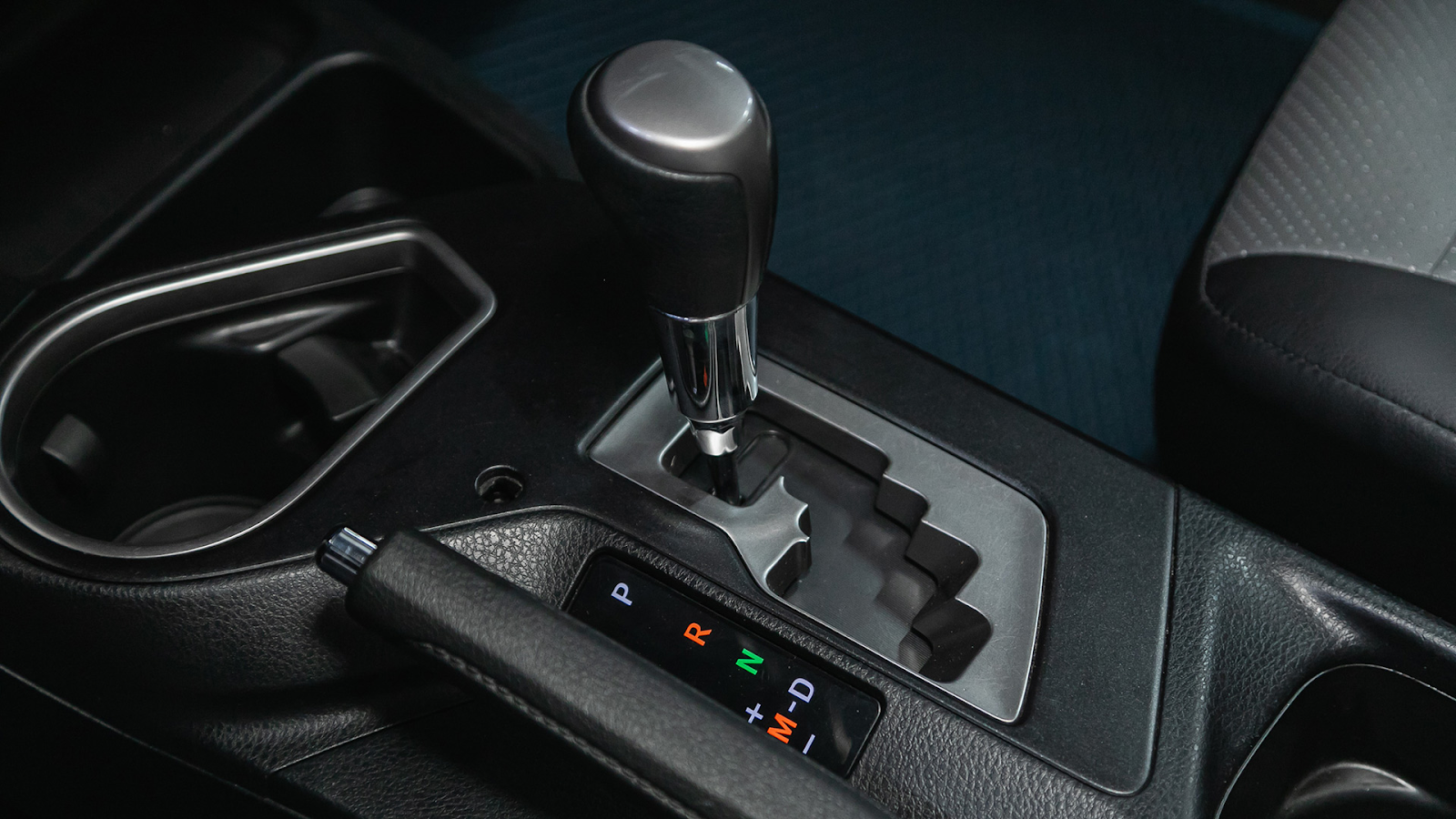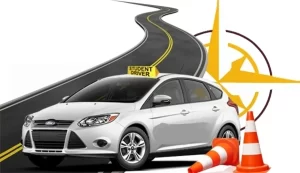Learning to drive is a big step towards having more freedom. One of the first things you’ll need to decide is whether you want to learn to drive an automatic or a manual car. This guide from Premium Choice Driving School will explain both types of cars, what’s different about them, and give you some helpful tips. Whether you like the easy driving of an automatic or the more involved feel of a manual, this guide will help you understand what’s involved.
Automatic vs. Manual: What’s the Main Difference?
The main difference is how the car changes gears. In an automatic car, the car does this for you. You only use the gas and brake pedals. In a manual car, you have to change gears yourself using a clutch pedal and a gear stick. This means you need more coordination and practice to drive a manual.
Driving an Automatic Car: Simple and Easy
Automatic cars are popular because they’re easy to drive, especially in traffic. Here’s a quick guide:
- The Gear Selector: This is a lever or dial near the steering wheel. It has letters like P (Park), R (Reverse), N (Neutral), and D (Drive). Sometimes there are other numbers or letters for different situations.
- Starting the Car: Make sure the gear selector is in “P” (Park) and your foot is on the brake. Turn the key or press the start button.
- Driving the Car: Keep your foot on the brake, move the gear selector to “D” (Drive) to go forward, or “R” (Reverse) to go backward. Let go of the parking brake and gently press the gas.
- Stopping the Car: Press the brake pedal firmly until the car stops. Then, put the gear selector in “P” (Park) and put on the parking brake before you turn off the engine.
Helpful Tips for Driving an Automatic:
- Always leave plenty of space between you and the car in front.
- Try to speed up and slow down smoothly.
- Use cruise control on highways to keep a steady speed.
Driving a Manual Car: More Control and Involvement
Manual cars, also called “stick shifts,” give you more control. Here’s how to drive one:
- The Clutch and the Bite Point: The clutch pedal is on the left. It’s used to connect and disconnect the engine from the wheels. The “bite point” is when the clutch starts to connect, and the car starts to move. It’s important to find this point smoothly to avoid stalling.
- Changing Gears: Press the clutch pedal all the way down, move the gear stick to the gear you want, and then slowly let go of the clutch while gently pressing the gas. This takes practice to do smoothly.
- Using the Clutch and Gas Together: Smooth gear changes happen when you let go of the clutch and press the gas at the same time. This stops the car from jerking or stopping suddenly.
- Starting on a Hill: Use the parking brake to stop the car from rolling backward. Put the car in first gear, find the bite point of the clutch, and then let go of the parking brake while pressing the gas.
Helpful Tips for Driving a Manual:
- Practice in a safe, empty parking lot or a quiet street.
- Try to think ahead about when you’ll need to change gears.
- Don’t worry if you stall the car – it happens to everyone learning manual.
- Getting lessons from a good instructor at Premium Choice Driving School can really help.
Which Type of Car is Right for You?
It depends on what you prefer and what you need. Automatic cars are easier to learn and drive, especially in traffic. Manual cars give you more control and can be more fuel-efficient, but they take more practice. Think about how much traffic you’ll be driving in, how far you usually drive, and how comfortable you feel with different types of cars.
Premium Choice Driving School Can Help You Learn
Whether you want to learn to drive an automatic or a manual car, Premium Choice Driving School North York is here to help. Our experienced instructors will give you good lessons that are just right for you. We’ll give you a supportive place to learn and teach you how to be a safe and responsible driver.
Contact Premium Choice Driving School today to learn more about our driving lessons and start your driving journey!





